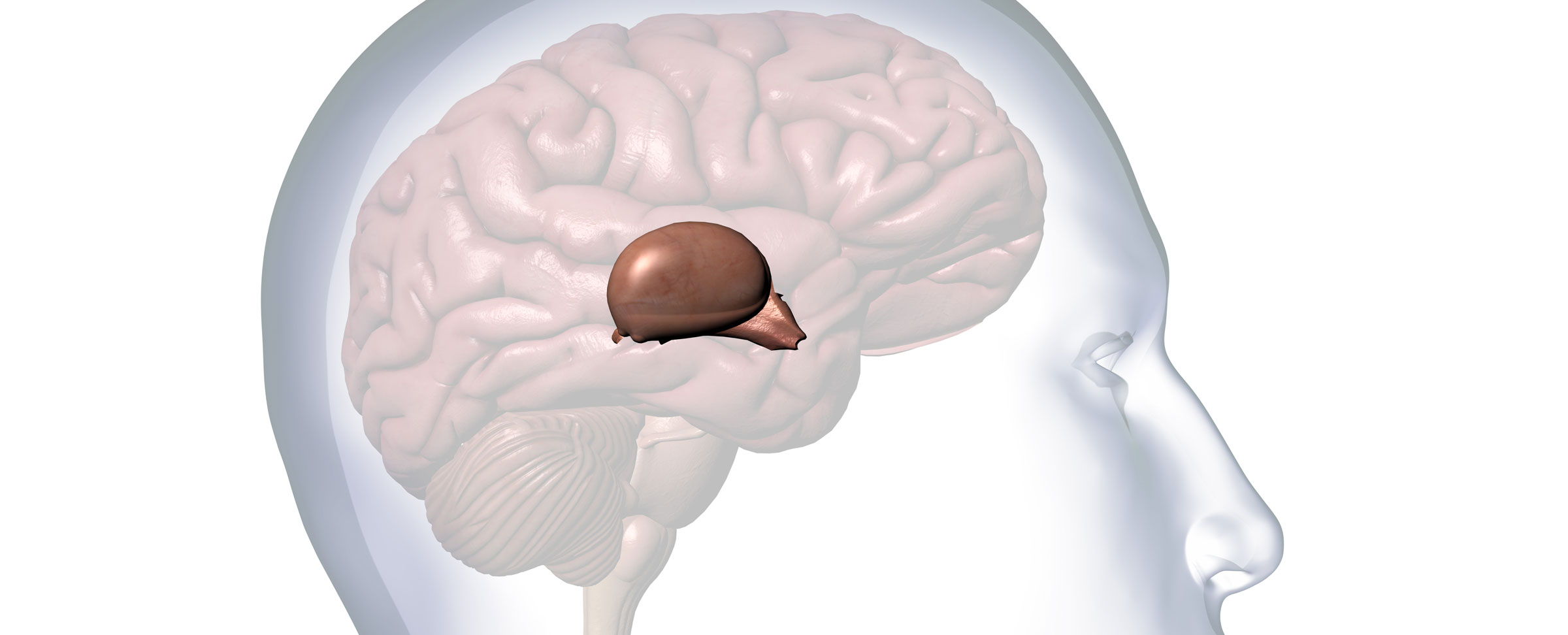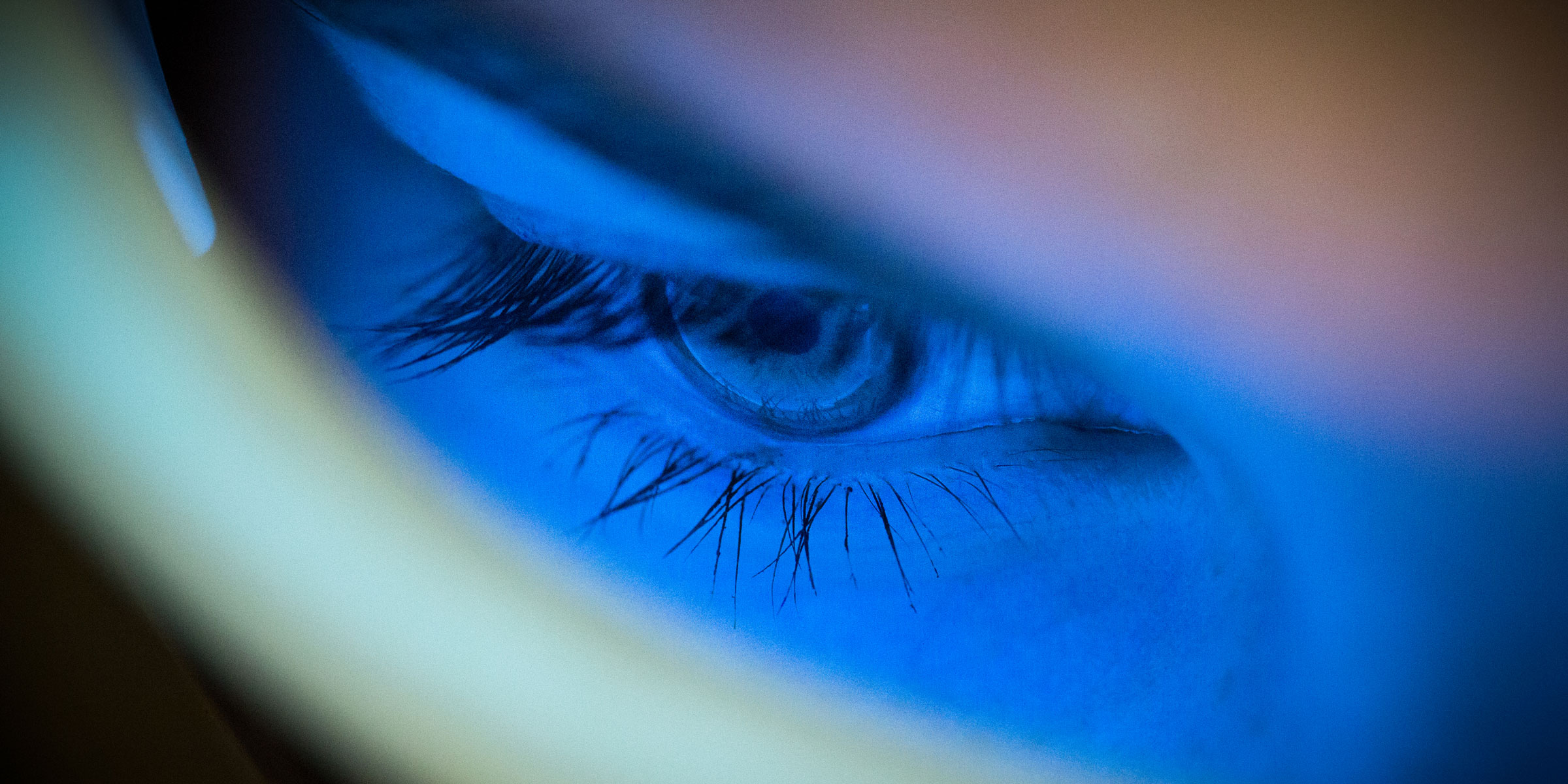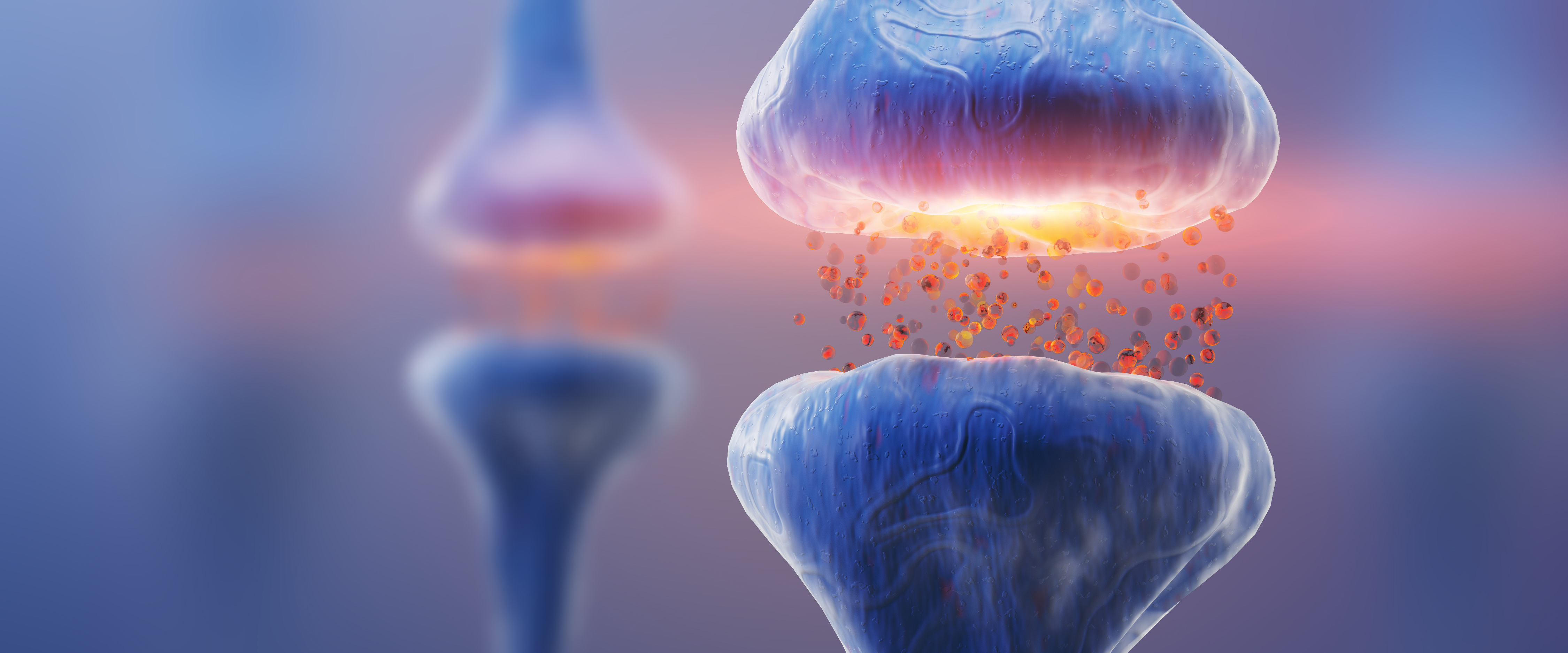The biochemistry of emotions: neurotransmission.
Physiology
The PSiO technology has multiple positive effects on : immunity, brain activity, nervous balance, neural communication and pineal gland.
NEO EEG

NEO-EEG allowed for the first time an EEG monopolar detection, i.e. the recording of the activity present under each electrode, thereby providing a perfect representation of the brain cerebral activity.
NEO-EGG technique also allows to detect the dominant frequencies of the EGG tracings, and for each of these, to determine their frequency within a quarter of a second, their amplitude within a hundredth of a microvolt, their phase, their spectrum and any possible asymmetry between the cerebral hemispheres both in frequency and in amplitude.
Research carried out by S. Dumonceau showed that irrespective of the stimulation frequencies, brain waves stabilize between 5 and 7 hertz ( thêta). This evidences a general effect of « letting go » as well as the absence of any frequency acquisition at brain level.
Brain mapping

Top : before PSiO action.
Bottom : after 10 minutes of PSiO action. Alpha waves (red) are associated with relaxation.

After 10 minutes of audio visual variable frequency simulations, relaxation Alpha waves spread out in almost all the brain areas. This shows the stopping of the mental rumination and of the slowing-down at cortex level. The cortex is the brain part active in analysis and thinking, i.e. in thoughts generally speaking.
Pineal glands

Pineal gland stimulation is done thru the retina. The retina is lined with receptors sensitive to light (470nm) and via a non-visual nervous system. Daylight hormones are generated, explaining the high quality of the recuperative rest observed during the PSiO turbo naps.
Complete study
- Study on the efficiency of PSiO glasses on melatonin inhibition
Stéphane Krsmanovic-Dumonceau, Nicolas d'Offay & Katrien Verschueren – August 2013 - Belgium
Links
(1) Phototransduction in ganglion-cell photoreceptors
Dr David Berson at Brown University - European Journal of Physiology© Springer-Verlag 200710.1007/s00424-007-0242-2
(2) Blue Light improve cognitive performance
Dr Lehrl & collegues - Journal of neural transmission. Department of Psychiatry and Psychotherapy, University of Erlangen-Nuremberg, Erlangen, Germany. Published online: January 25, 2007
(3) Study of efficacy of the MC2 AVS device
Dr Joseph Tracy - Int.J.Learning Technology, Vol.3, N°2, 2007
Reversal of the Alzheimer disease

The Alzheimer disease is a progressive neurodegenerative illness affecting the brain. It is characterized by a loss of memory and a progressive deterioration of the cognitive functions such as the ability to reason, think in an abstract manner, understand and use language, and in behavior and mood changes.
The Alzheimer disease affects 8% of the population after 65 years.
The Alzheimer disease is caused by an abnormal accumulation of certain proteins in the brain, causing the death of brain cells. There is currently no known treatment for the Alzheimer disease.
For about a decade, however, purpose designed light therapy is appearing as capable of causing the regression of the Alzheimer disease.
A significant regression occurs thanks to light stimulation at a frequency of 40 Hz, using blue light at a determined wavelength. It should be noted that Blue light is being used for years by the PSiO technology to stimulate the neurons.
PSIO 3.0 glasses were designed in accordance with the conclusions and recommendations of the most recent academic studies on the Alzheimer disease.
Articles
- Stimulating the brain at 40 Hz to treat Alzheimer’s disease.
What if exposure to 40 Hz light and sound could promote a healthier brain? That’s the hypothesis of scientists at The Picower Institute for Learning and Memory at Massachusetts Institute of Technology (MIT). - 40Hz : la fréquence que le cerveau adore et qui lutte contre Alzheimer.
Une fréquence particulière, de 40 Hz joue un rôle central dans les fonctions cérébrales. le cerveau marche au mieux avec cette fréquence et elle lutte contre Alzheimer. - Stimulating the brain at 40 Hz to treat Alzheimer’s disease.
What if exposure to 40 Hz light and sound could promote a healthier brain? That’s the hypothesis of scientists at The Picower Institute for Learning and Memory at Massachusetts Institute of Technology (MIT). - The Idea Behind Using Masked 40 Hz, Light Based Brain Stimulation for Alzheimer Disease.
Marcus Carstensen, PhD candidate, CTO and co-founder of OptoCeutics in Copenhagen, Denmark, talked about the mechanisms of using noninvasive light technologies for Alzheimer disease treatment.
Studies
- Early-life stress lastingly alters the neuroinflammatory response to amyloid pathology in an Alzheimer's disease mouse model.
Lianne Hoeijmakers, Silvie R Ruigrok, Anna Amelianchik, Daniela Ivan, Anne-Marie van Dam, Paul J Lucassen, Aniko Korosi.
This indicates that, at least in a genetic context, ES could aggravate AD pathology. - Gamma Frequency Inhibits the Secretion and Aggregation of Amyloid-β and Decreases the Phosphorylation of mTOR and Tau Proteins in vitro.
Yuan-Han Yang, Sun-Wung Hsieh, Hsi-Wen Chang, Jia-Li Sung, Chih-Pin Chuu, Chen-Wen Yen, Tzyh-Chyuan Hour.
Our study showed 40 Hz gamma frequency involved in the inhibition of secretion and aggregation of Aβ and inhibition of p-Tau protein expression through the mTOR/4E-BP1/Tau signaling pathway. - Physical exercise during exposure to 40-Hz light flicker improves cognitive functions in the 3xTg mouse model of Alzheimer's disease : results show that exercising in a 40-Hz light flickering environment may improve cognitive functioning by reducing Aβ and tau levels, thereby enhancing mitochondrial function and neuroplasticity.
Sang-Seo Park, Hye-Sang Park, Chang-Ju Kim, Hyun-Sik Kang, Dong-Hyun Kim, Seung-Soo Baek, Tae-Woon Kim. - Combined effects of aerobic exercise and 40-Hz light flicker exposure on early cognitive impairments in Alzheimer's disease of 3×Tg mice.
Sang-Seo Park, Hye-Sang Park, Chang-Ju Kim, Seung-Soo Baek, Song-Young Park, Cody Anderson, Myung-Ki Kim, Ik-Ryeul Park, Tae-Woon Kim.
Exercising in a 40-Hz light flicker environment was more effective than exercise or 40-Hz light flicker alone. This synergistic effect may prevent cognitive dysfunction by inhibiting Aβ, tau pathway, and neuroinflammation and enhancing neuroplasticity and mitochondrial functions in the hippocampus during early Alzheimer's disease. - 40 Hz Light Flicker Promotes Learning and Memory via Long Term Depression in Wild-Type Mice.
Tian Tian, Xin Qin, Yali Wang, Yan Shi, Xin Yang. - Alzheimer's Disease Treatment With Combination of 40Hz Light and Cognitive Therapy (AlzLife).
- 40-Hz steady state response in Alzheimer's disease and mild cognitive impairment.
J.A. van Deursen, E.F.P.M. Vuurman, V.H.J.M. van Kranen-Mastenbroek, F.R.J. Verhey, W.J. Riedel.
